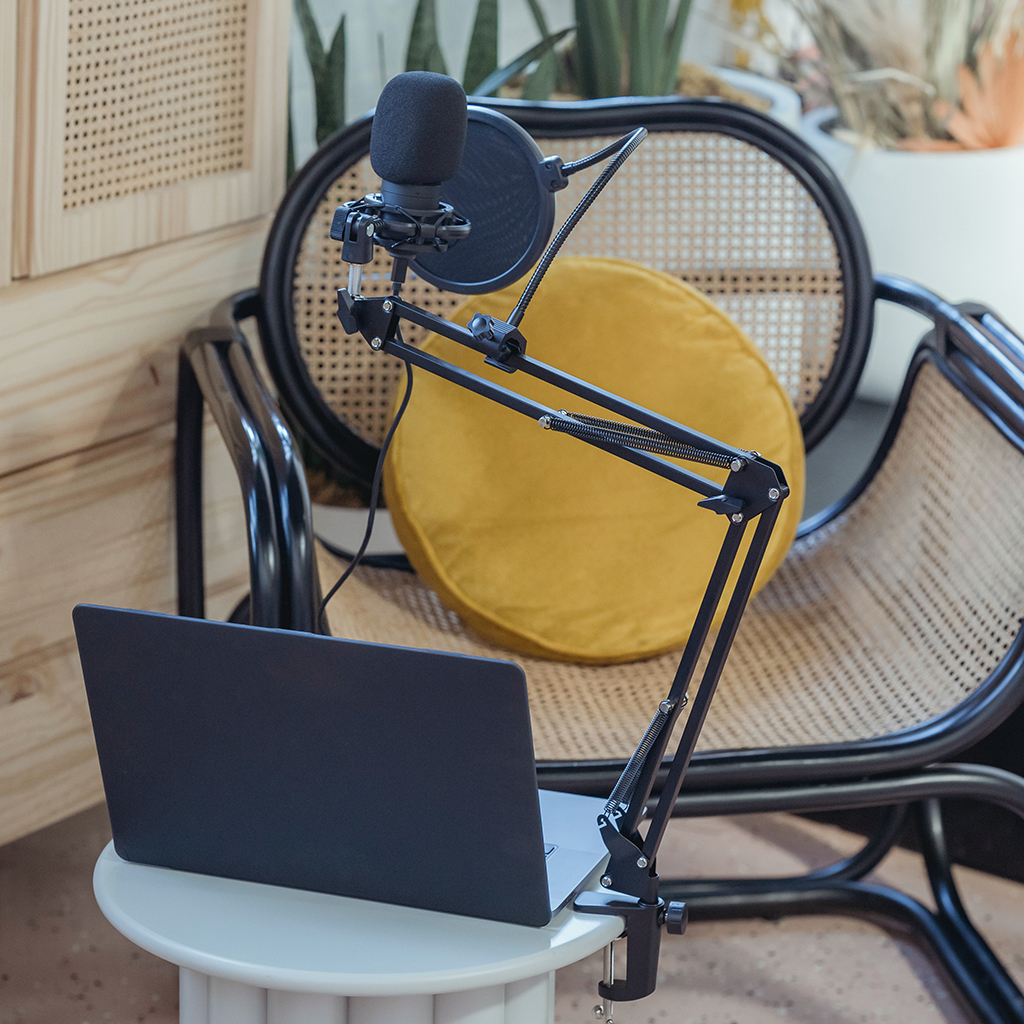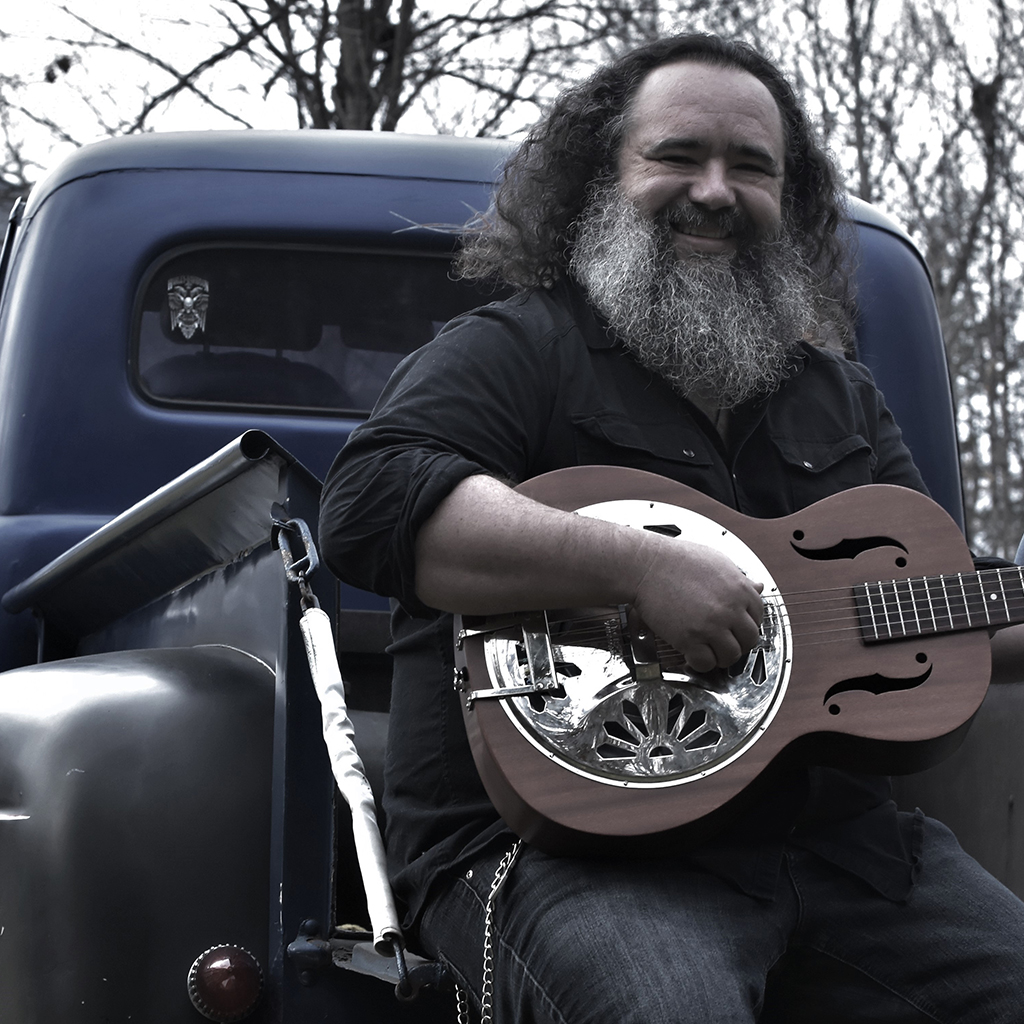
Attack of the Clones – This past spring, at the Kailash Mital Theatre at Carleton University in Ottawa, ON, a young guitarist is performing his graduating recital (a requirement of the Bachelor of Music program). It is a program of various songs ranging from country music, blues, fusion and modern metal.
The guitarist, however, is not using an amplifier onstage, but rather a laptop with a Neural DSP plugin for his sounds. Not unusual, since digital modelling has come leaps and bounds over the past decade. Those glorious, albeit expensive and finicky tube amplifiers that once powered guitar rock glory may become a novelty over their digital brethren.
A Zero Before a One
Digital amp modelling took a fair while to develop into something that can replace a player’s rig convincingly. When Line 6 first introduced the Pod in 1998, it was a revelation! So many amp tones and effects in such a small package.
The results were less than stellar (to put it nicely). They were good for certain things, but could not replace the sound and feel of an amp in most cases. The same would also go for recording solutions by way of plugins by Line 6, IK Multimedia, among others. Guitar tones with no live amplifier, just by plugging your guitar into your computer (though the results were just… ok).
Amplifiers were still a live staple and remained quite necessary; digital solutions were not ready for prime time yet.
Soon, the technology got better. The sound and feel of digital versions improved. Recording solutions sounded better. On the live side, more players were switching from amplifiers to direct and digital guitar solutions such as Kemper, Fractal Audio (makers of the Axe-FX), and Line 6’s Helix line of products (a stark improvement over the original Pod). Soon, bands like Coheed and Cambria, Metallica to Rival Sons ditched their stacks of amps for modellers hidden backstage. On the computer front, entire albums are now being made “in the box” with plugins; no actual amplifiers are to be found.
Evolution in real time
Carleton University guitar professor, Wayne Eagles, provided some insight about the move from amps to digital solutions, considering his student’s use of computer plugins as opposed to a live amp. He observed that many younger guitarists are more comfortable with digital solutions rather than actual amps, including computer-based amp simulators, to more live-oriented setups such as Kemper and Helix.
Veteran players continue to use live amps to get their sound; it’s what they’re used to, though he also points out that amp-loving players are turning more and more to digital, solid-state and class-D solutions, such as the Boss Katana line of amplifiers, rather than tube amps.
Daniel Sauvé, manager at Steve’s Music Store in Ottawa, Ontario, also sees this in current sales trends. Amplifiers do sell, but it’s more the smaller, quieter ones, with tube amps selling less than in previous years. He also observed that the amps being bought are particularly for quieter settings since there are fewer opportunities now to plug in and turn up, both live and at home. While smaller amps are the trend, he also feels that all of these digital solutions are a logical continuation of that trend.
So what’s the appeal?
The digital route has its advantages, especially for younger players who want to rock out on a budget.
First off, digital solutions are way cheaper. In the amp world, something like a Katana, or Fender’s Tone Master line (digital versions of their classic amps, which sound pretty close and have many modern conveniences), will run a fraction of what a tube amp costs. Others such as the Kemper, or IK Multimedia’s new Tonex pedal give players dozens of amp sounds that can be used live without an army of roadies to haul it all.
Computer plugins also offer an affordable solution with incredible variety. Companies such as Line 6, Neural DSP, SPL Tones, IK Multimedia, and others have created guitar amp models, effects pedal models, speaker cabinet models, and everything else under the sun that you need for a good tone, and often for a couple of hundred bucks (cheaper than buying just one amplifier!)
The ultimate advantage is that younger players have no more excuses for bad guitar tones. Accessing the sounds used by one’s heroes is a thrill and inspiration. Seasoned players can also take advantage of having several choices at their fingertips, finding the perfect sound for a song in both live and studio contexts.
A loud but quiet future
Considering these trends, tube amps may become a niche item rather than the standard tools of the trade. It may mean that young players may never know the giddy (or painful) thrill of turning a Marshall Amplifier up and shaking the house, though the neighbours will likely appreciate it.
ABOUT THE AUTHOR:
“Kevin Daoust is a guitarist, guitar educator and writer based in Gatineau, Quebec, Canada. When not tracking guitars for artists around the world, or writing music-related articles around the internet, he can be seen on stage with Accordion-Funk legends Hey, Wow, the acoustic duo Chanté et Kev, as well as a hired gun guitarist around Quebec and Ontario. He holds a Bachelor of Music in Guitar Performance from Carleton University in Ottawa, Ontario, Canada.”


